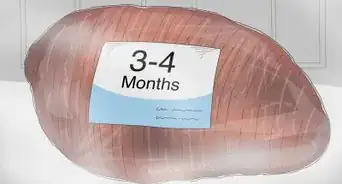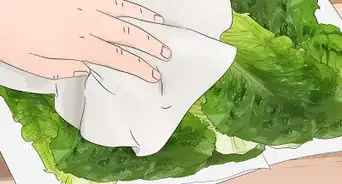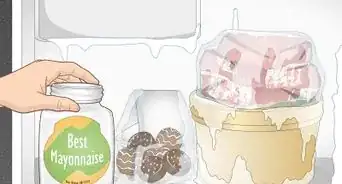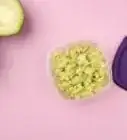This article was co-authored by wikiHow Staff. Our trained team of editors and researchers validate articles for accuracy and comprehensiveness. wikiHow's Content Management Team carefully monitors the work from our editorial staff to ensure that each article is backed by trusted research and meets our high quality standards.
There are 10 references cited in this article, which can be found at the bottom of the page.
wikiHow marks an article as reader-approved once it receives enough positive feedback. In this case, 90% of readers who voted found the article helpful, earning it our reader-approved status.
This article has been viewed 450,303 times.
Learn more...
Watermelon is a delicious summer treat, but to protect your health, it’s important to know if a watermelon is bad. One way you could discover whether your watermelon is bad is by checking for mold or a foul smell. You could also use the expiration date to tell if the watermelon is bad.
Steps
Identifying Signs of Spoilage
-
1Check for mold on the outside. Mold or dark-colored spots on the outside of the watermelon could indicate that it has gone bad. The mold might be black, white, or green, and have a fuzzy appearance.[1]
-
2Look for a healthy color outside. The watermelon should have either a consistent pine green shade or a striped appearance. Striped watermelons have alternating lime-green and darker pine-colored stripes.[2]Advertisement
-
3Look for a deep pink or red inside. These colors indicate the watermelon is healthy. If your watermelon is a different color (black, for instance), do not eat it.[3]
- Different varieties of watermelon have different internal appearances. Desert King, Tendergold, Yellow Baby, and Yellow Doll watermelons have yellow or orange flesh.[4]
-
4Beware of gritty and dry watermelon flesh. When watermelon is no longer good, the crisp flesh will start to shrivel. The flesh might even be pulling away from the seeds.[5] In other cases, the watermelon might become slimy and mushy.
-
5
Measuring the Freshness Using Dates
-
1Use the expiration date. If you’re eating pre-cut watermelon you bought from the market, the container should include an eat-by, best-by, or another expiration date. This date lets you know how long you have until the watermelon goes bad.[7]
-
2Eat cut watermelon within five days. Properly stored, sliced watermelon will stay good three to five days. Make eating it a priority to prevent it from going bad.[8]
-
3Eat unrefrigerated, uncut watermelon within 10 days. After about a week, uncut, unrefrigerated watermelon will start to turn. Eat uncut, unrefrigerated watermelon as soon as possible.[9]
-
4Don’t eat refrigerated, uncut watermelon after 2-3 weeks. After about two weeks, refrigerated, uncut watermelon will start to turn. To prevent your uncut, refrigerated watermelon from going bad, eat it within two weeks of purchase.[10]
Extending the Shelf Life of Watermelon
-
1Refrigerate your whole or sliced watermelon. Watermelons are typically refrigerated at a temperature of 13 degrees Celsius (55 F). Storing your fruit at 21 Celsius (70 F) will increase its lycopene and beta-carotene content (both of which are important antioxidants).[11]
-
2
-
3Use caution when freezing watermelon. Some people advise against freezing watermelon altogether, since thawing or cutting open a frozen watermelon piece could cause the juice to drip out.[14] If you decide to live on the wild side and want to freeze your watermelon, place it in airtight containers or heavy-duty freezer bags. The watermelon will stay good for 10-12 months.[15]
References
- ↑ http://refrigerators.reviewed.com/features/what-s-growing-in-my-crisper-drawer
- ↑ http://www.purdue.edu/uns/html4ever/000714.Egel.watermelon.html
- ↑ http://www.onegreenplanet.org/natural-health/why-these-3-red-foods-are-great-for-your-health/
- ↑ https://www.gardeningknowhow.com/edible/fruits/watermelon/types-of-watermelon.htm
- ↑ http://dish.allrecipes.com/what-to-do-with-a-mealy-watermelon/
- ↑ http://www.finecooking.com/ingredient/watermelon
- ↑ https://www.eatbydate.com/fruits/fresh/watermelon/
- ↑ http://www.stilltasty.com/Fooditems/index/18665
- ↑ https://www.eatbydate.com/fruits/fresh/watermelon/
- ↑ https://www.eatbydate.com/fruits/fresh/watermelon/
- ↑ http://commonsensehome.com/tell-watermelon-is-ripe/
- ↑ https://www.eatbydate.com/fruits/fresh/watermelon/
- ↑ http://www.stilltasty.com/Fooditems/index/18665
- ↑ https://www.eatbydate.com/fruits/fresh/watermelon/
- ↑ http://www.stilltasty.com/Fooditems/index/18665
About This Article
To tell if a watermelon is bad, examine the outer rind for a consistent green or green-striped color. Dark-colored or moldy spots, which will look fuzzy and be black, white, or green, indicate the melon isn't fresh. If everything looks good, put your nose close to the rind and check for a sweet, fresh scent. If it smells tangy or sour, toss it out. Then, slice open your melon and look for deep pink or red flesh inside. If yours is any other color, or if the flesh looks gritty or shriveled, throw the watermelon away! If you want to learn how to store your watermelon so it lasts longer, keep reading the article!
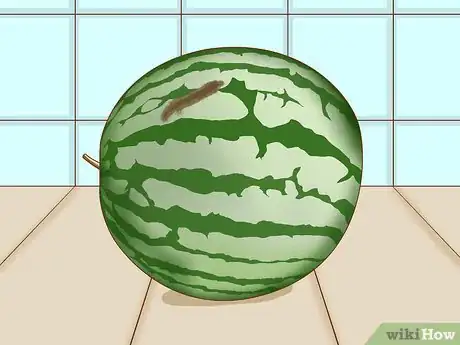
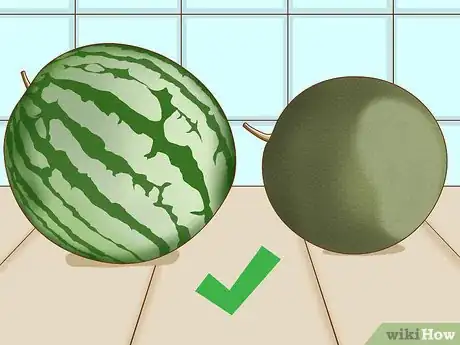

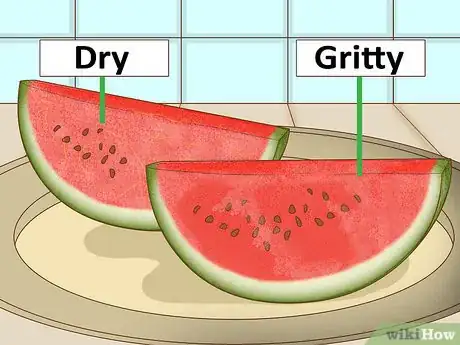

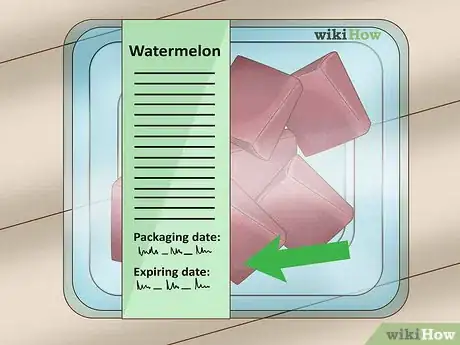
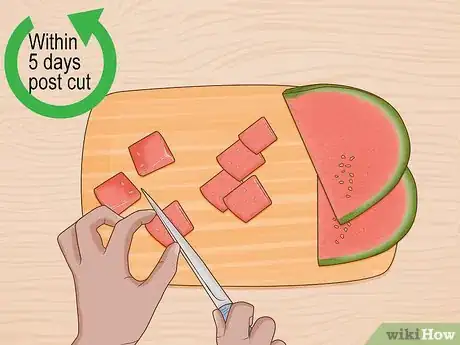


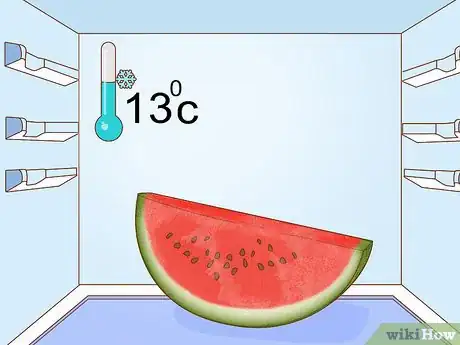
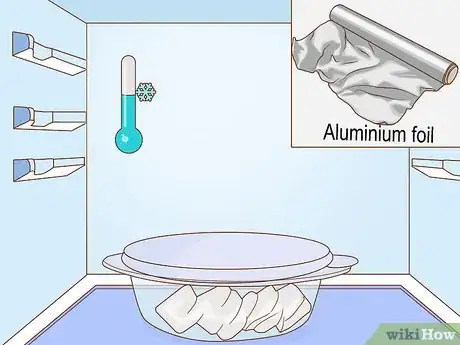
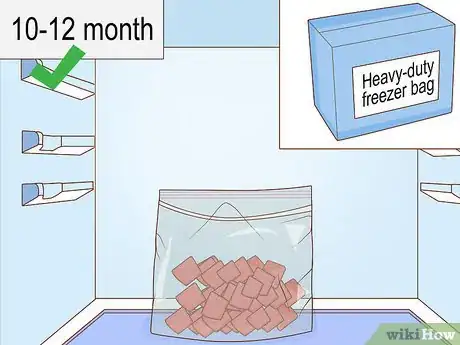



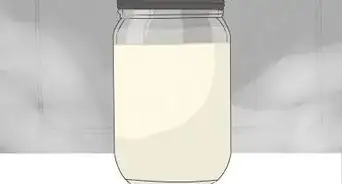
-Step-11.webp)
